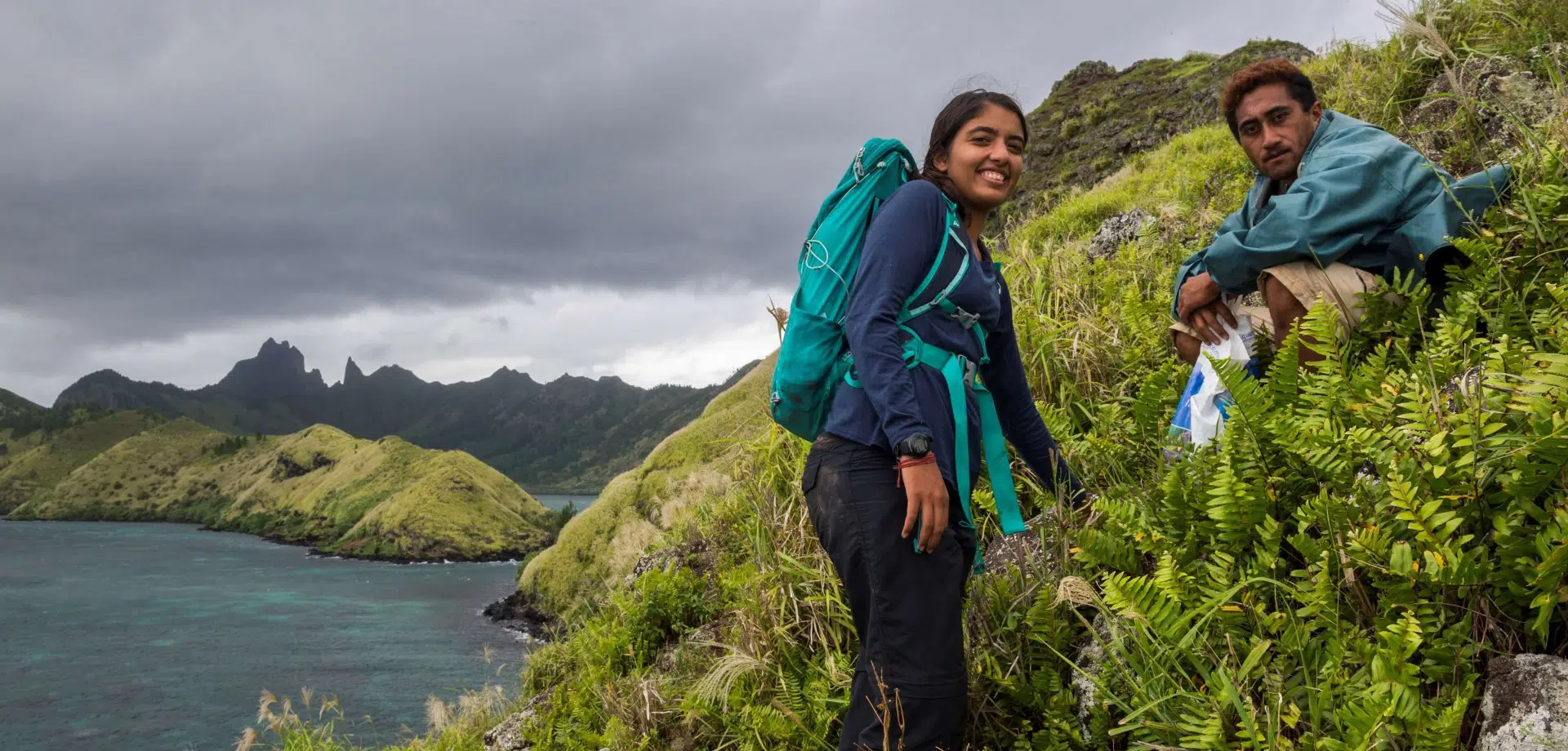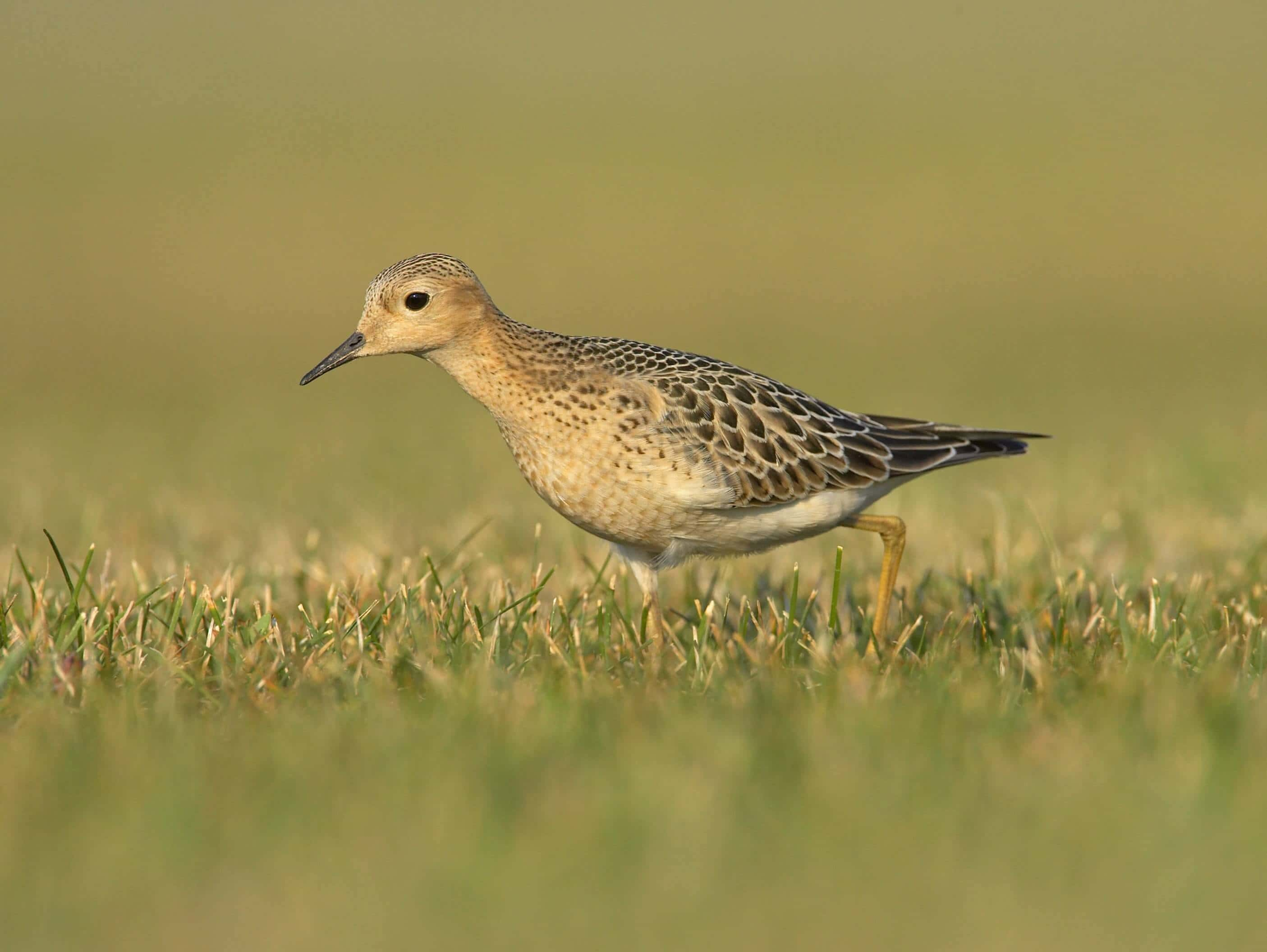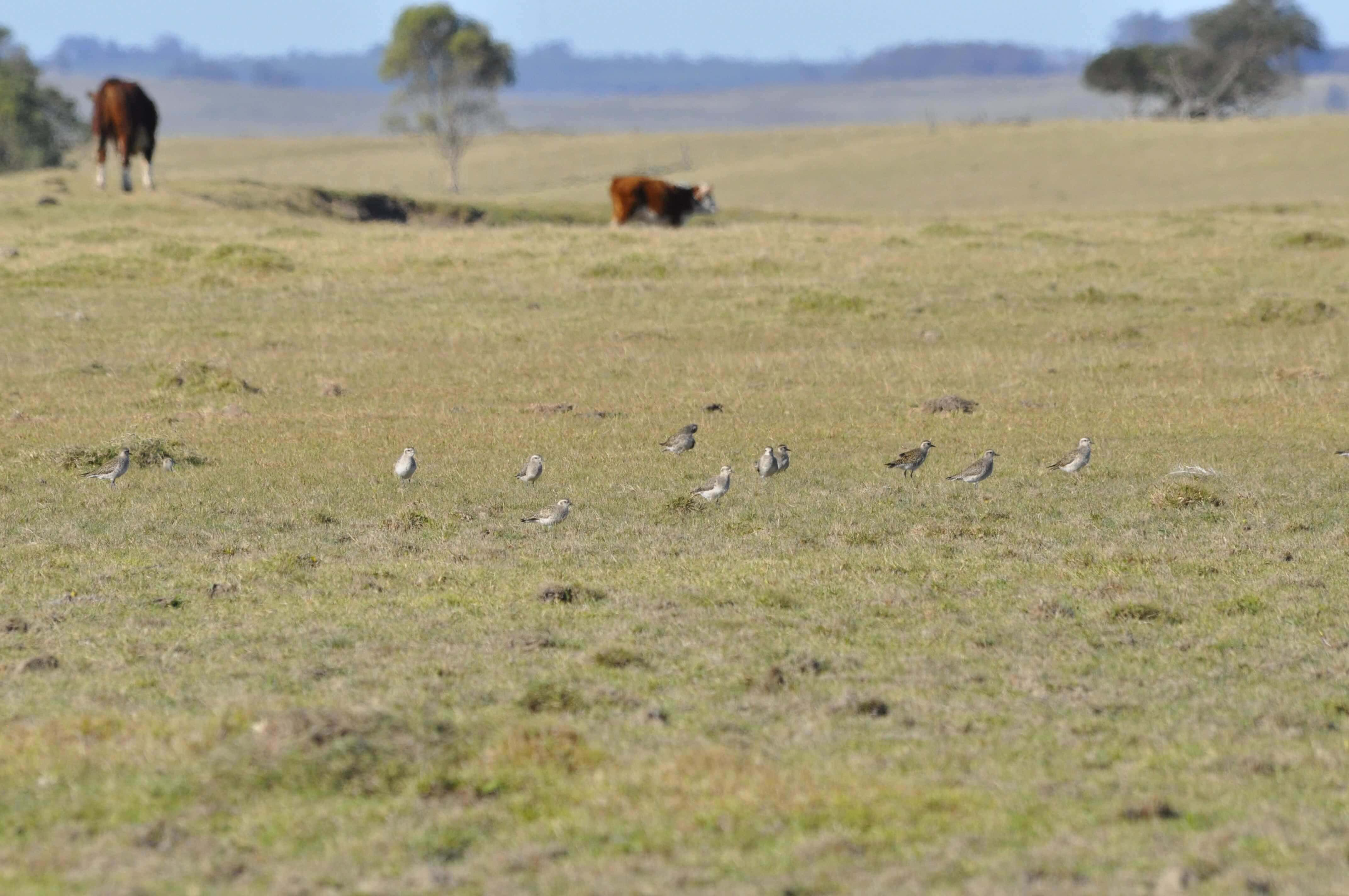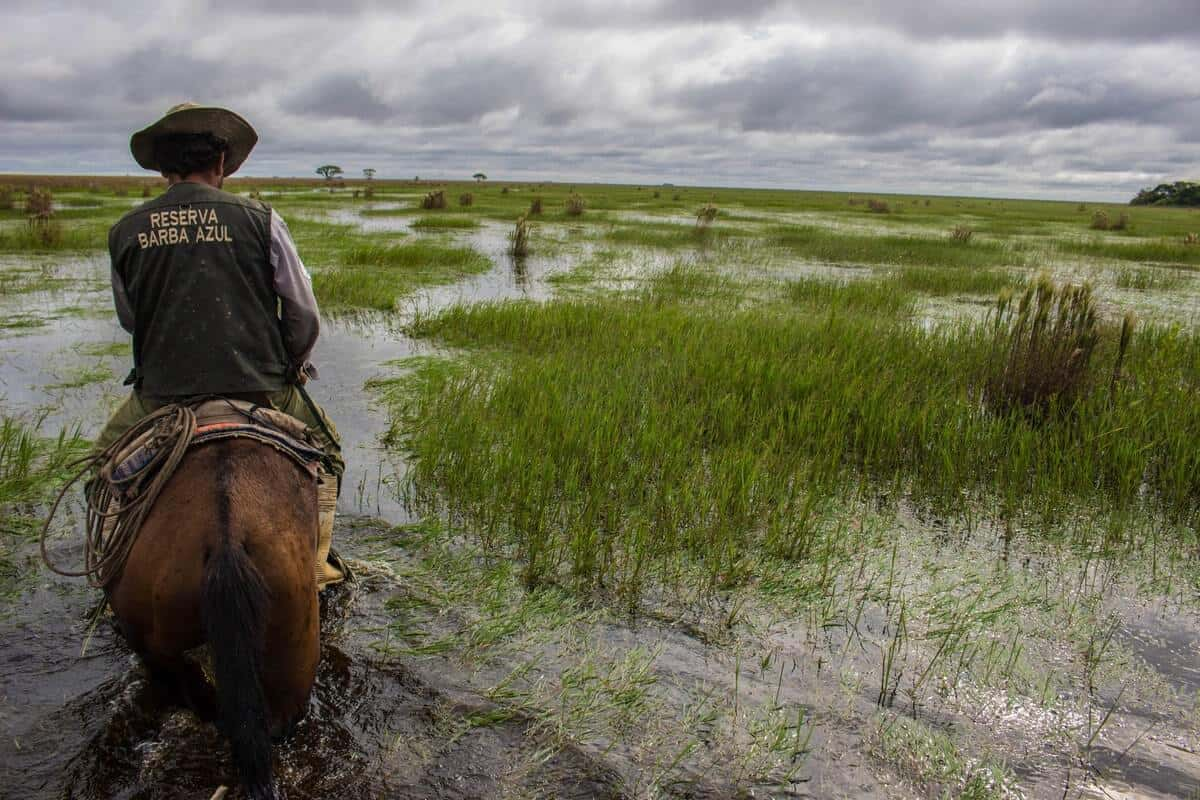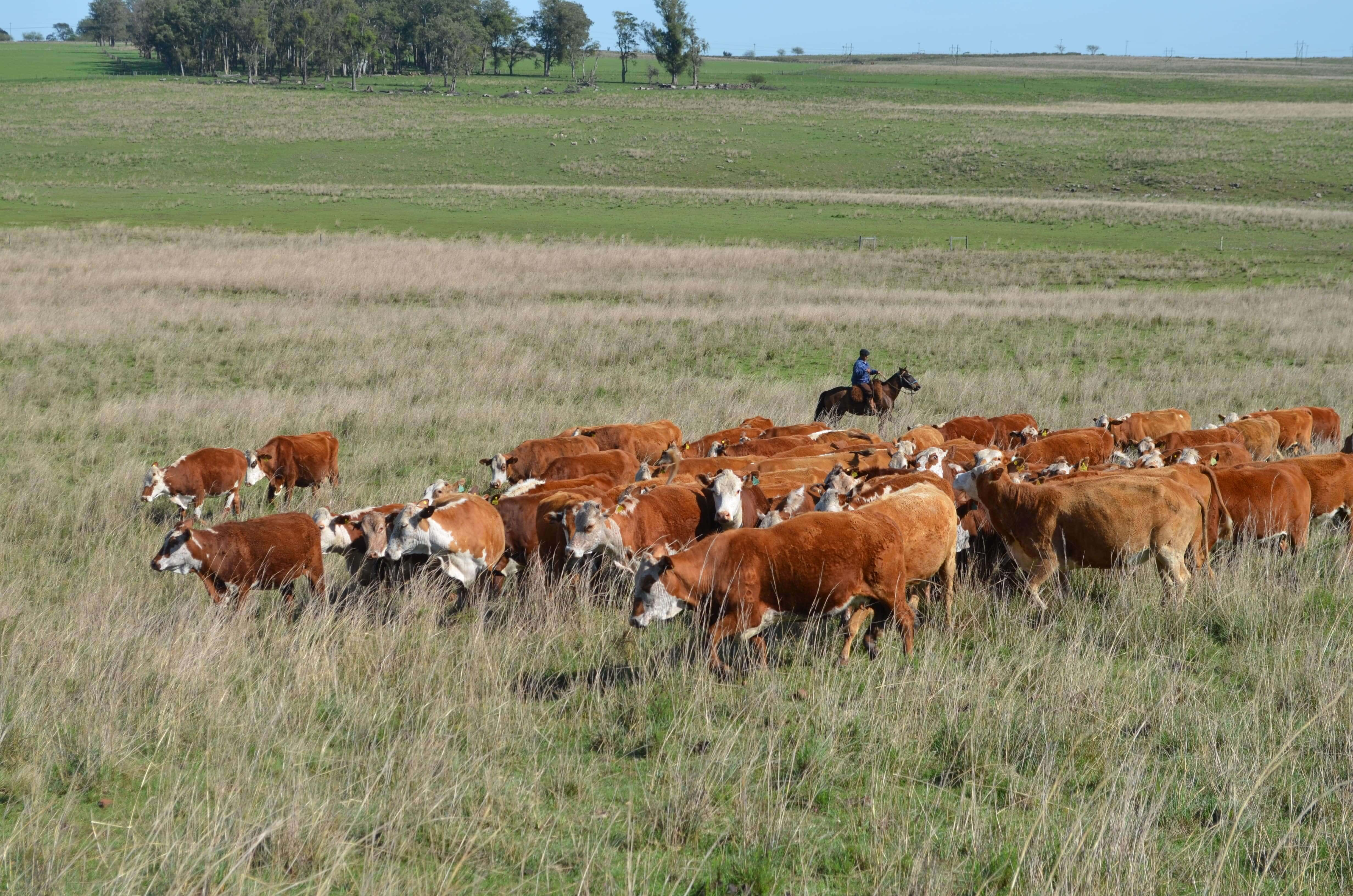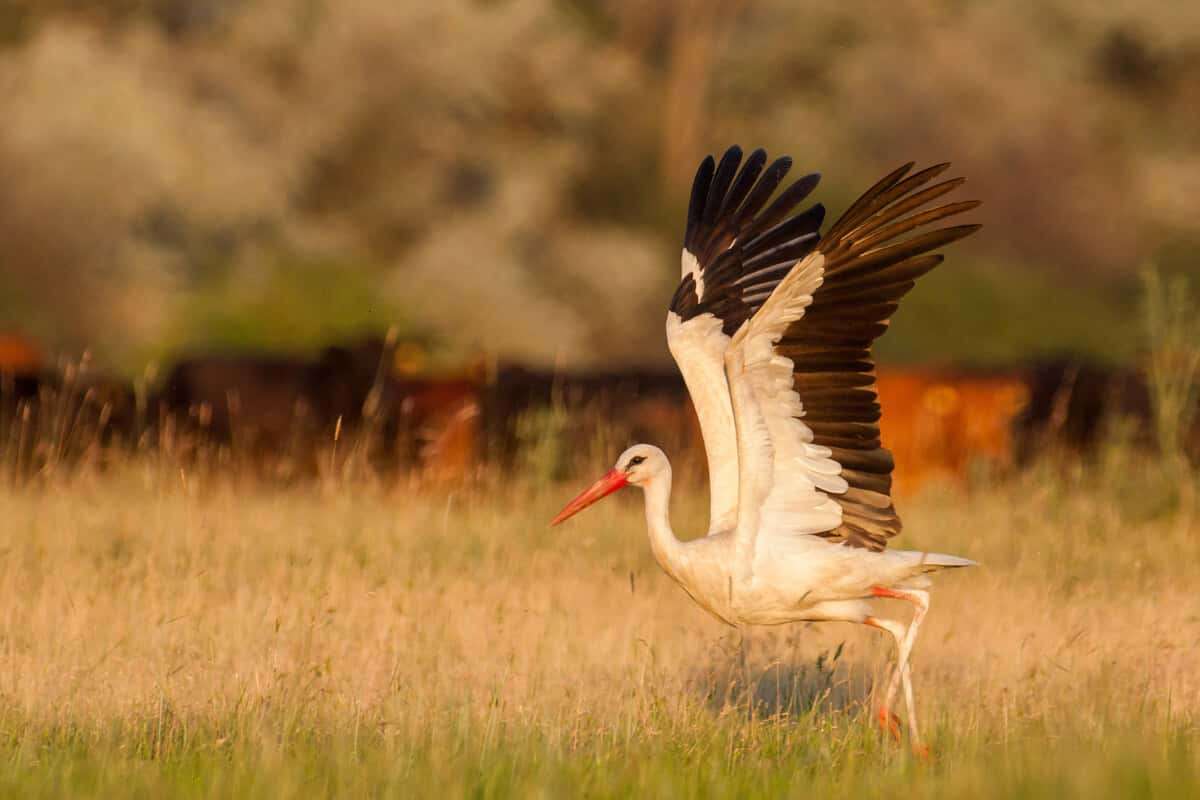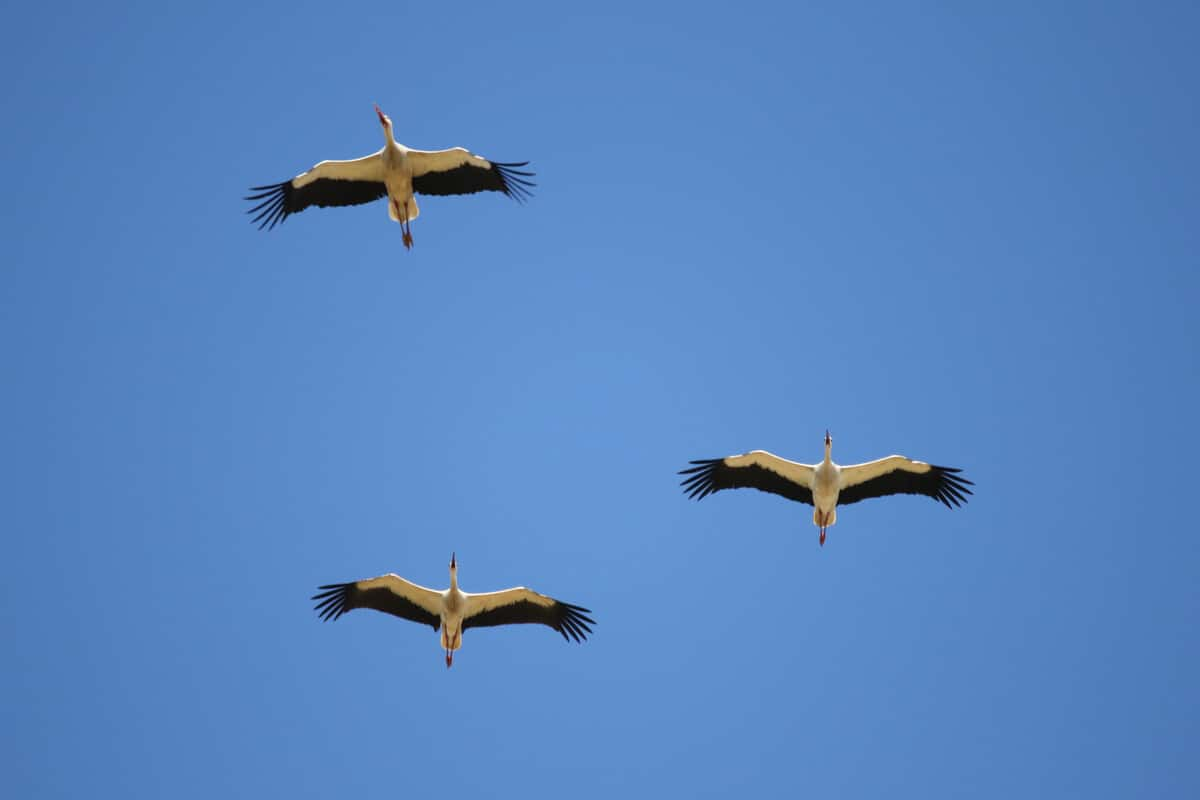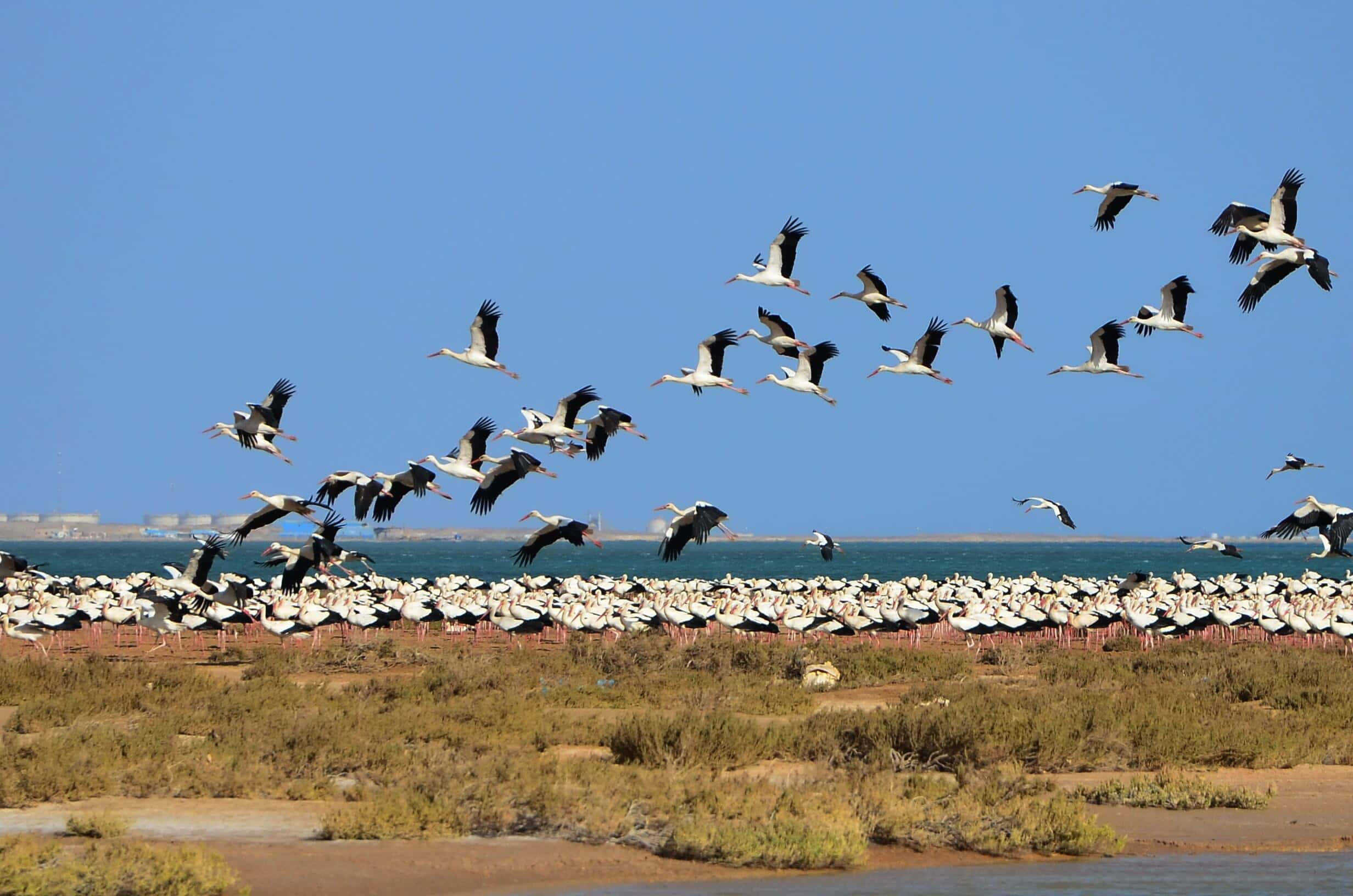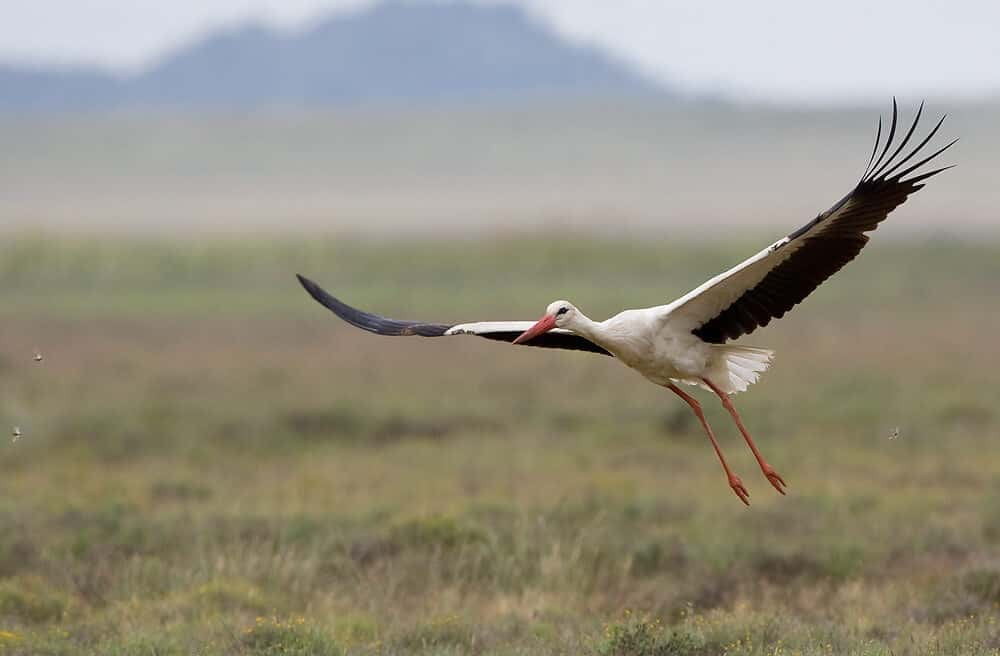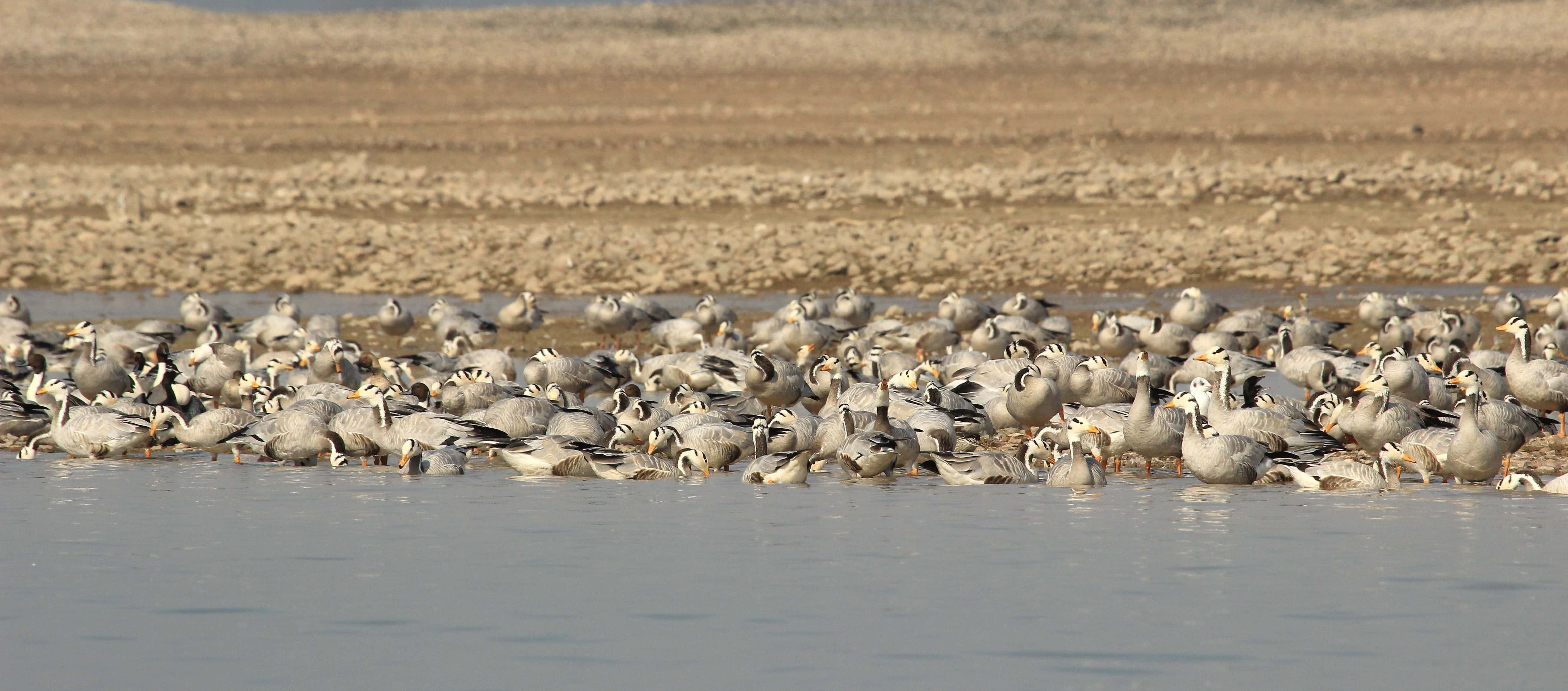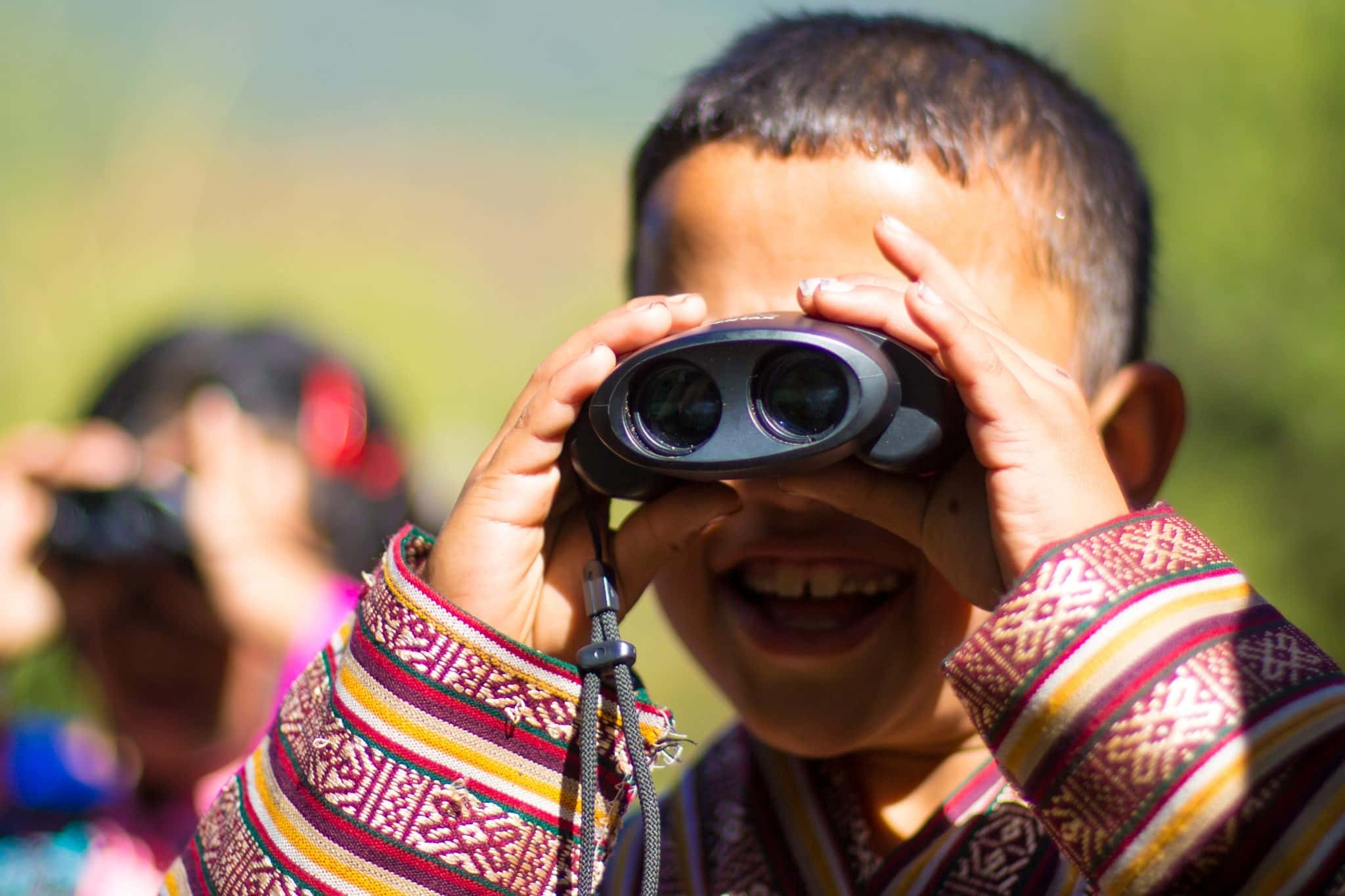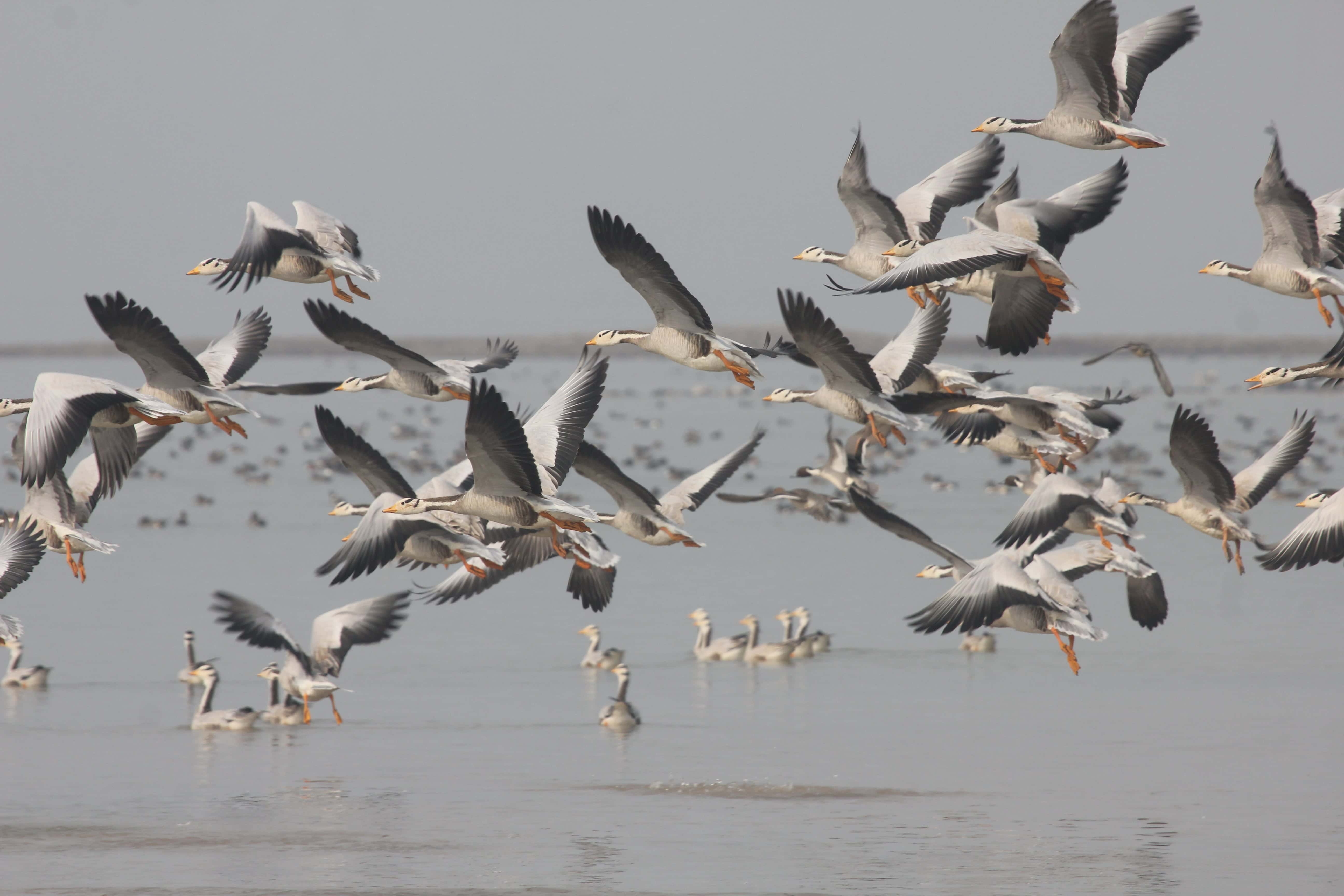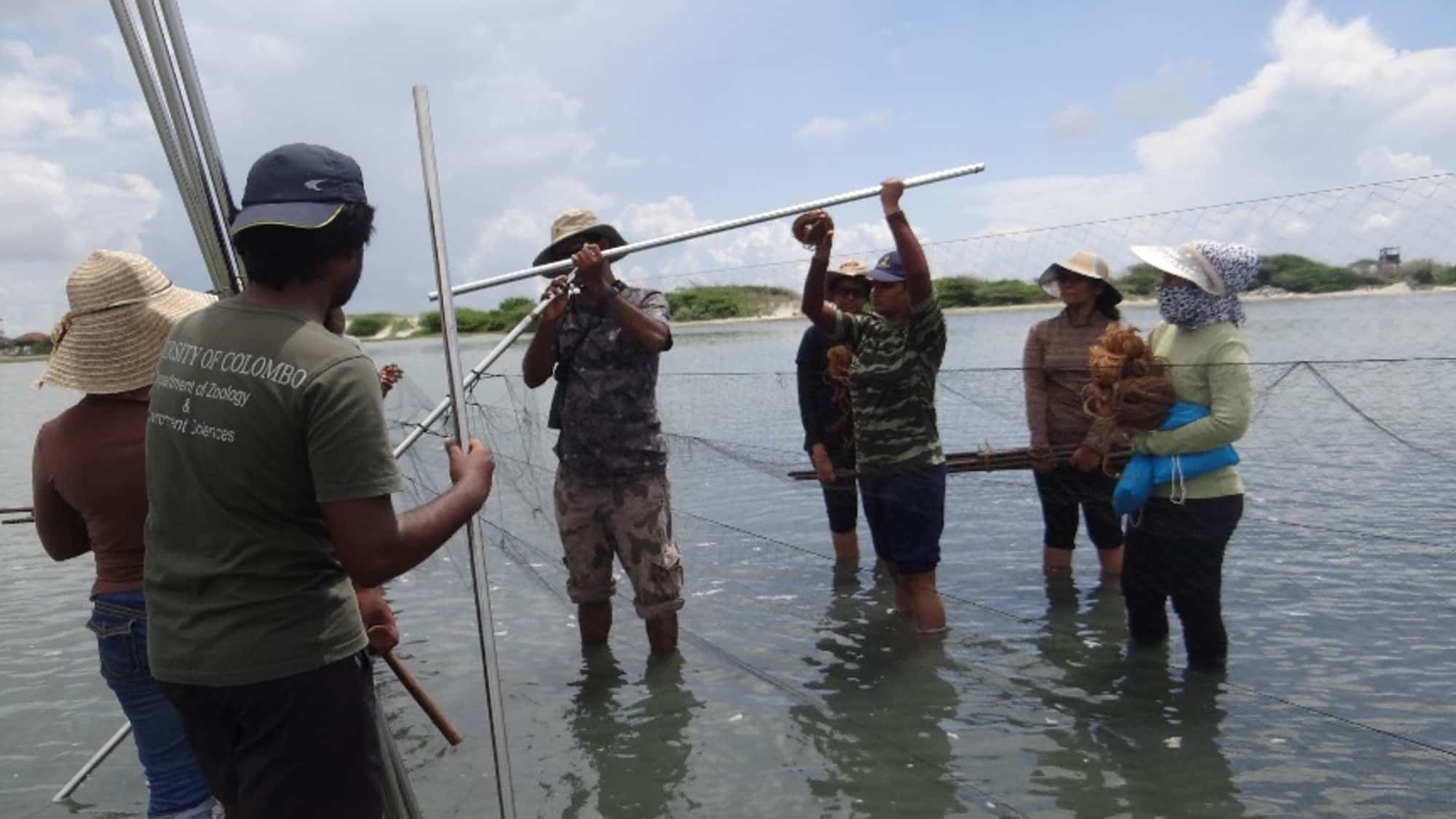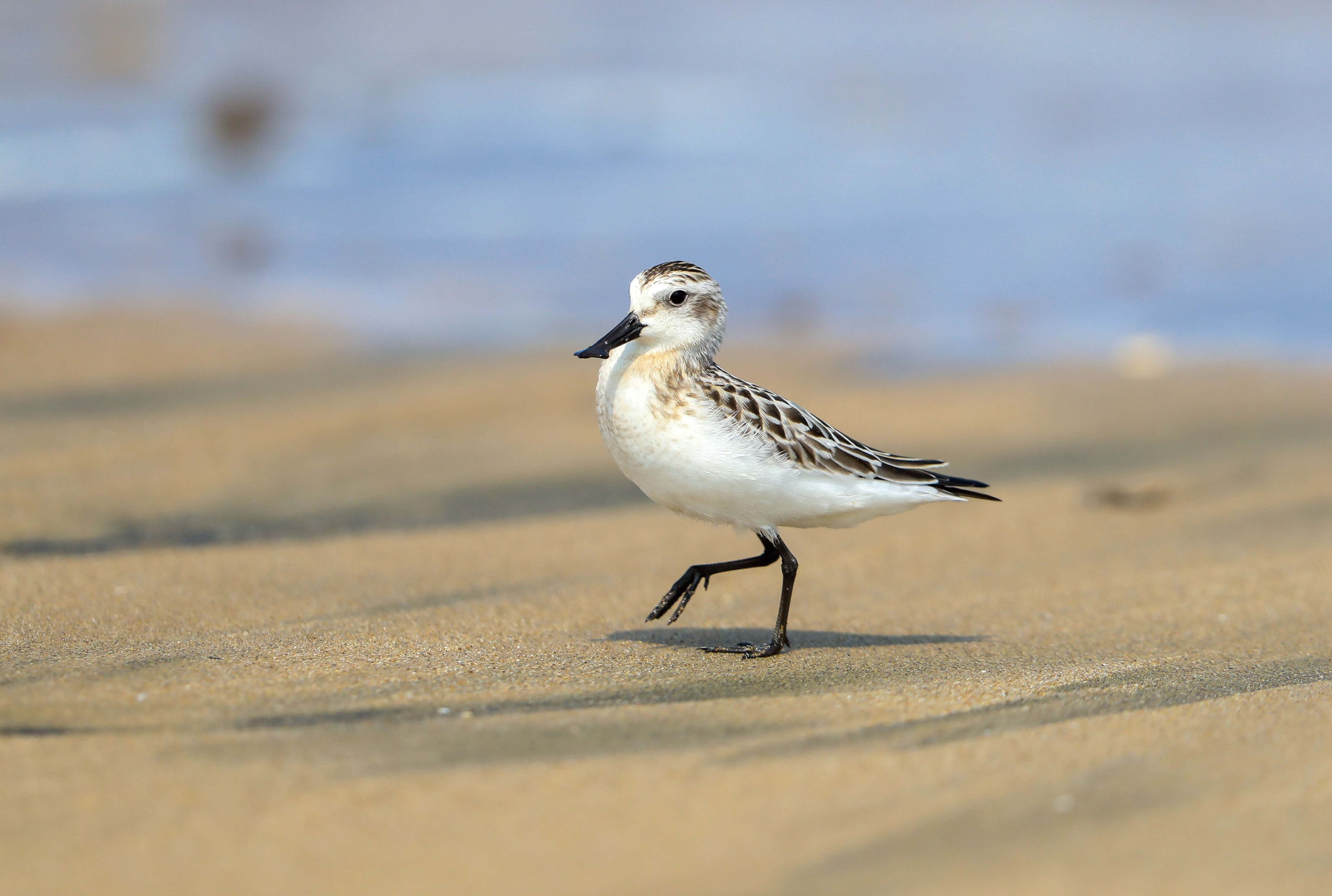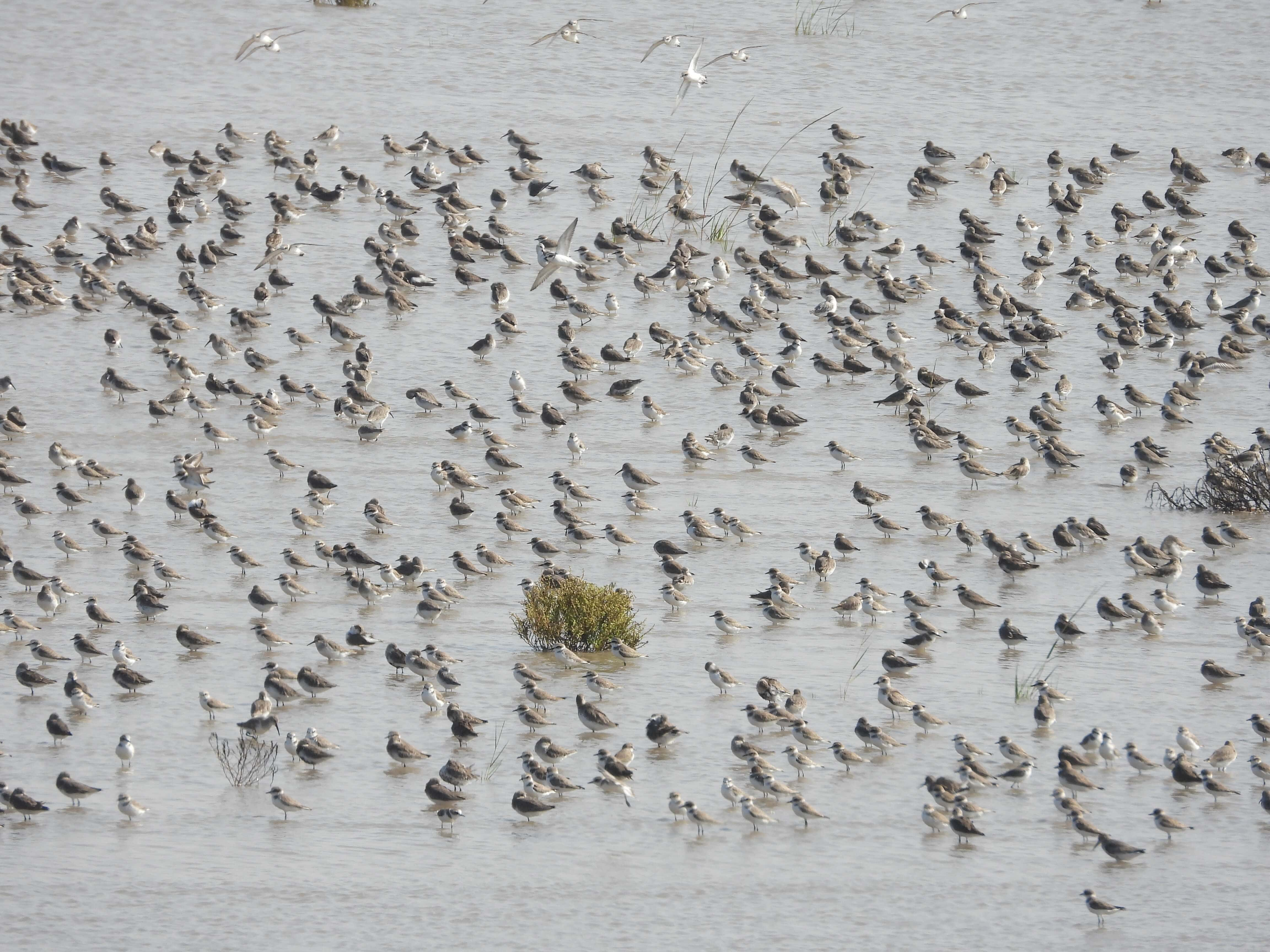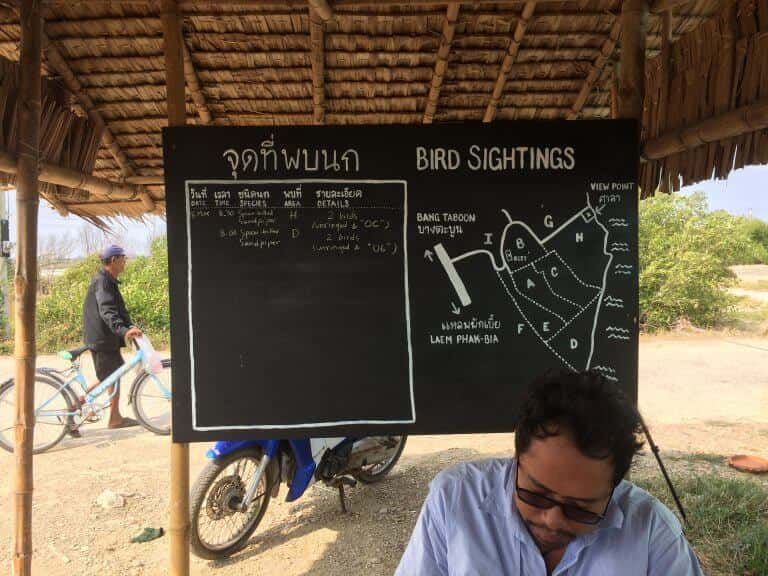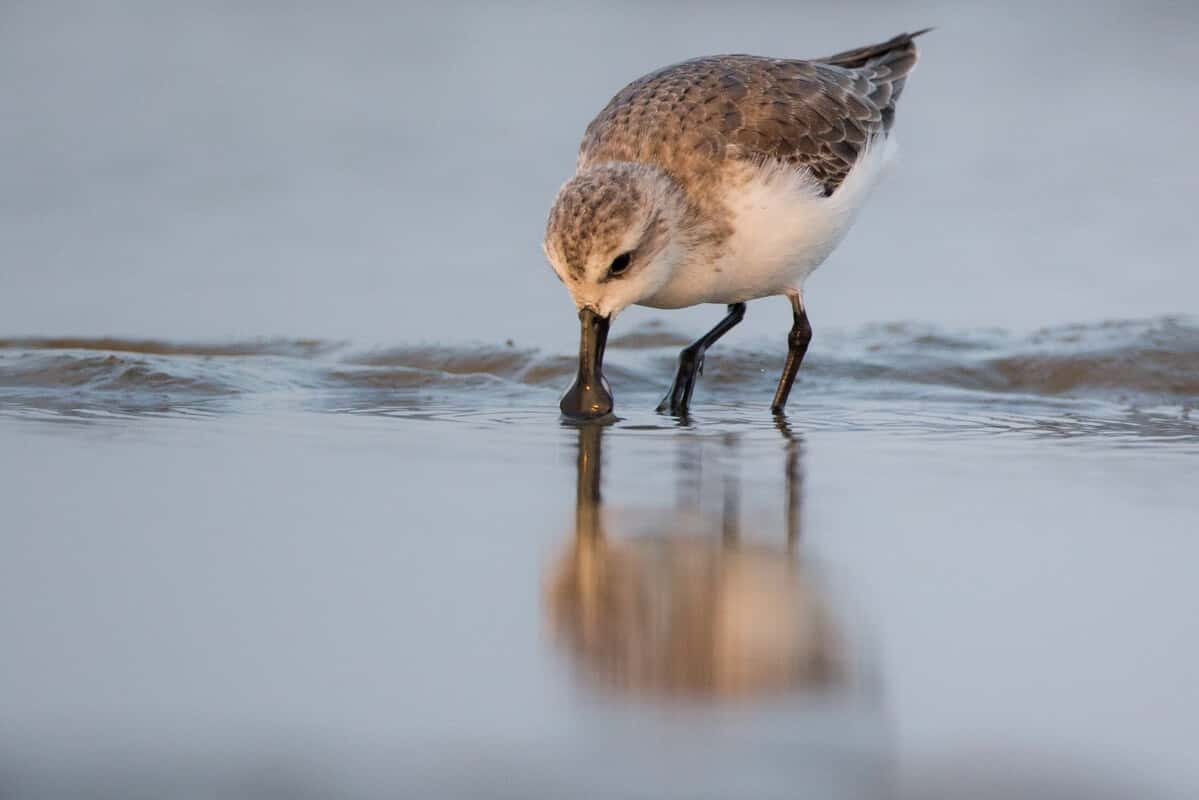Our network of over 2 million birders, scientists and local volunteers helps us to track, follow, analyse, conserve and understand every bird species in the world.

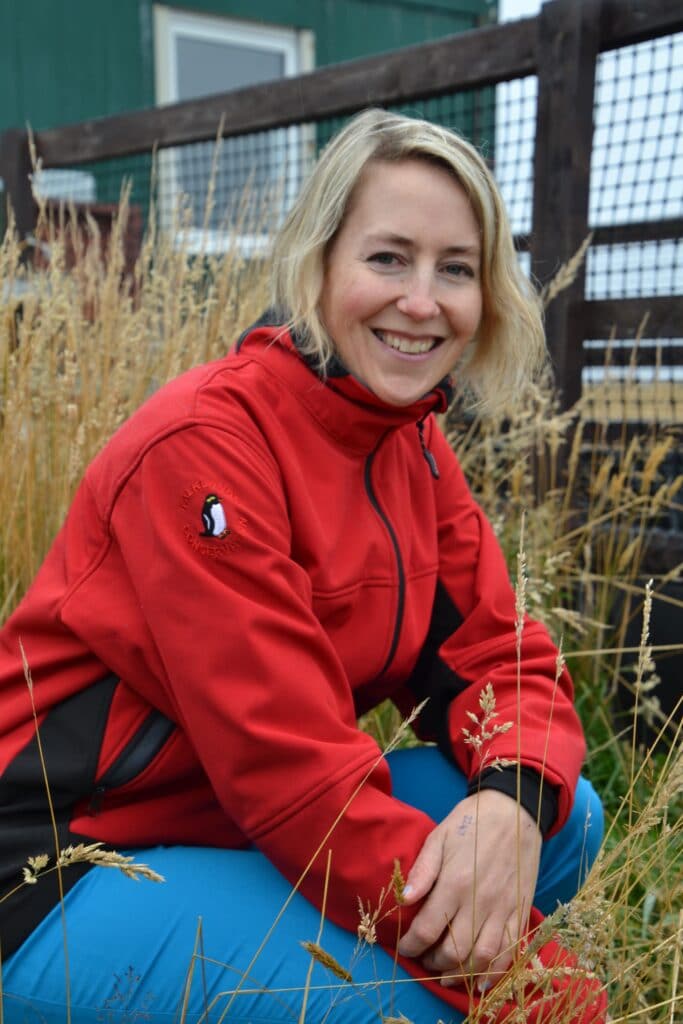

This Partnership and collaboration means that we can co-ordinate our efforts across continents, connecting local communities with a global network of expertise. This is how we can strive to protect birds wherever they fly, feed, rest and nest.
Explore Some of the World’s Flyways
When travelling between their breeding and wintering grounds, birds don’t choose their paths at random. They follow set routes that include suitable habitats where they can stop to rest and refuel along the way.
Many different species share broadly similar routes which have been loosely split into eight major flyways, from north to south across most of the continents, Asia, Africa, Europe and the Americas – think of them as bird super-highways across the sky. Below we feature 4 major ones.
BirdLife links together conservation organisations in countries along the length of the flyways, combining resources and coordinating action to protect birds on every step of their route.
Select a flyway and follow the migration to see
The Partnership in action.

The Prairies, USA
The Buff Breasted Sandpiper migrates from Northern Canada through the central United States. BirdLife’s partners in the USA help advocate for core laws like the Migratory Bird Treaty Act, Neotropical Migratory Bird Conservation Act, and Endangered Species Act. These laws protect the Buff Breasted Sandpiper and many other bird species as they make their way south for the winter.
NT
The Buff Breasted Sandpiper is listed as Near Threatened19cm
Length of a Buff Breasted Sandpiper3
main flyways that connect North Americas with Caribbean and Central and South America


The Sabana Alliance, Colombia
In Colombia our national Partner Asociación Calidris is helping to grow the Sabana Alliance. This Alliance creates conservation agreements with local cattle ranchers in Important Bird and Biodiversity areas that promote the conservation of species and habitats. They also educate the local communities about Climate Change and how they can become more resilient to its affects.
13,000+
IBAs in 200 countries2,300+
bird species are highly vulnerable to climate change1.5°C
BirdLife are working to limit the temperature increase to 1.5°C


The Barba Azul Nature Reserve, Bolivia
The Barba Azul Nature Reserve in the Beni region of Bolivia provides grasslands that are perfect foraging habitat for the Buff Breasted Sandpiper. Asociación Armonía, our Partner in Bolivia supports the grassland management in the reserve and works with ranchers to implement eco-friendly savannah management processes.
18
nestboxes in different microhabitats1000
cattle to be managed by Armonia in the reserve300
Area of diverse wetland habitat protected


The Southern Cone Grasslands, South America
In the Southern Cone of South America, four BirdLife Partners have formed an alliance to protect the grasslands in the area. The Grasslands Alliance was launched in 2006 and together with local ranchers, developed a ‘bird-friendly beef certification’ that can be awarded to farms that conserve at least 50% of their original landscape.
50m
Hectares of forest protected by the Forest Landscape Sustainability Accelerator540
wild bird species95%
of grasslands is privately owned


Spring Alive
White Storks are tall, long-necked wading birds with long red legs and a straight, pointed red bill. In 2006 the BirdLife Partnership launched the Spring Alive project, which encouraged children to post signings of Storks and other birds onto a website to help track bird migrations from Europe to Africa. Our Polish Partner OTOP manage the Spring Alive website.
155-165cm
Wingspan110 km/h
Top speed3.4kg
Weight


Illegal Killing
White Storks soar for huge distances using rising warm air currents. As these warm currents do not form over water, Storks avoid the Mediterranean Sea, which can lead them into further danger as they are illegally shot. Our partner SPNL works tirelessly to end the illegal killing of birds in Lebanon. For years, they have fought for stronger law enforcement against acts of wildlife crime in the country.
1500m
altitudes reached by Storks when soaring25 million+
birds are illegally killed in the region375
species of birds illegally killed in the region


Illegal Killing
White Storks arrive in Southern Sudan or Eastern Chad between September and October. They take this slight detour to feast on the swarms of insects that appear after the rainy season. The BirdLife Migratory Soaring Birds project showed how the use of pesticides and other chemicals have a major direct and indirect impact on the numbers of Storks through poisoning or a decrease in the insects Storks like to feed on.
30
insects per square metre in a typical swarm100,000
storks reported in a 25 km² due to abundance of food10/50
average flock size


Renewable energy
Renewable energy will help us in the fight against climate change. However, poorly placed renewable energy facilities can have negative environmental impacts. Soaring birds like the White Stork can fly into powerlines or wind turbines. BirdLife South Africa, our Partner in the region are very active in this area and work with governments and energy developers to minimise the impact on birds and their habitats.
30%
increase in global energy demand by 204064 million
birds are killed each year at power lines world wide4
birds killed per wind turbine in South Africa per year on average


Terkhiin Tsagaan Lake, Mongolia
The Terkhiin Tasagaan Lake in Mongolia was afforded the title of an ‘Important Bird and Biodiversity Area’ in 2009. It plays host to a number of threatened species including the Swan Goose (endangered), the Hooded crane (vulnerable) and the Saker Falcon (endangered). It is also from this lake that many Bar-headed Geese start their migration south via the highest mountain range on earth – the Himalayas.
7000m
Altitude reached whilst migrating1500km
length of the Himalayas mountain range covered1000 miles
distance covered in one day


Wetlands, Bhutan
Whilst flying over the Himalayas these birds endure extreme conditions when the oxygen levels drop by a third and winds gusts reach 200 mph. They rest in rivers, lakes and wetlands along their route. In Bhutan our Partner, RSPN have developed a number of environmental education materials to bring local children closer to their environment and create a community of environmentally conscious citizens.
50mph
top speed of the Bar-Headed Goose without wind assistance75%
of local communities participated in RSPN initiatives in 202075cm
approximate height of the Bar Headed Goose


Wetlands, India
Once past the daunting challenge of the Himalayas, Bar-headed geese spend time at Indian wetlands. The Bombay Natural History Society lead The Bird Sensitivity mapping tool in the region, which provides three dimensional profiles of migratory bird species. “The mapping can give states and the Centre real-time information on bird movement, seasonality, flock size; it will help include better mitigation methods.” Deepak Apte, director, BNHS.
30 countries
are connected by the CAF80%
of CAF routes pass through India77
wetlands included in the study


Mannar, Sri Lanka
Mannar is the only site in Sri Lanka where the Bar-headed Goose has been spotted. The Field Ornithology Group of Sri Lanka have conducted long and short term research, banding and conservation of the wetlands in Mannar. They have installed a banding station where graduate students, wildlife officers and general public and can band and study shorebirds.
3,600
species of plants and animals at Mannar1st
biosphere reserve in the South-East Asian region1million
waterbirds spend their winter in Mannar wetlands


Chukotka, Russia
Spoon-billed sandpipers breed in Russia around the end of May, beginning of June. The species is Critically Endangered and it is thought that breeding pairs could be as low as 100! At the breeding sites in Chukotka a team of conservationists have been hatching and hand raising chicks before releasing them back into the wild. This is called ‘headstarting’ and vital to the survival of the species.
88%
decline in population since 200214-16cm
the approximate length of a Spoon-Billed Sandpiper186
birds have been released at Chukotka


The Yellow Sea mudflats, China
Our Partner in the UK, the RSPB and the BirdLife International Policy team worked with stakeholders to raise the profile of the coastal wetlands on the Yellow Sea shoreline in China. These habitats provide Spoon-billed Sandpipers with a place to rest and feed but needed protection from land reclamation. In 2019, they were listed by the UNESCO World Heritage Committee and will continue to be protected.
17
species of globally threatened shorebirds use the Yellow Sea mudflats40%
of the population of spoon billed sandpipers use Tiaozini mudflat180
priority conservation sites identified by the Chinese Academy of Sciences


Pak Thale, Thailand
Pak Thale is a coastal area dominated by salt pans. It is recognised as a priority site on the East Asian-Australasian flyway as a regular wintering site of several globally threatened species, including the Spoon-billed Sandpiper. It is managed by our Partner in Thailand, the Bird Conservation Society of Thailand where they demonstrate sustainable co-existence between nature and local livelihoods.
50ha
of protected area at Pak Thale2.5
hours, from Bangkok10
Spoon-billed sandpipers recorded in the Inner Gulf of Thailand each year


Gulf of Mottama, Myanmar
Around 50% of all Spoon-billed Sandpiper winter in the Gulf of Mottama in Myanmar. It’s a vast wetland of great diversity and thanks to the dedication of our Partner in the region – BANCA – 161,030 hectares are now protected by the Myanmar Government. This protection will not only benefit the Spoon-billed Sandpiper, but many other species and local communities too.
50%
all Spoon-billed Sandpipers winter here90,000
birds winter here each year161,030
ha of protected habitat

“The work of BirdLife allows whole areas to be protected and preserved—unique areas of the globe whose importance is key both for our survival and for our knowledge of the world.”
Prince Albert II of Monaco, Species Champion
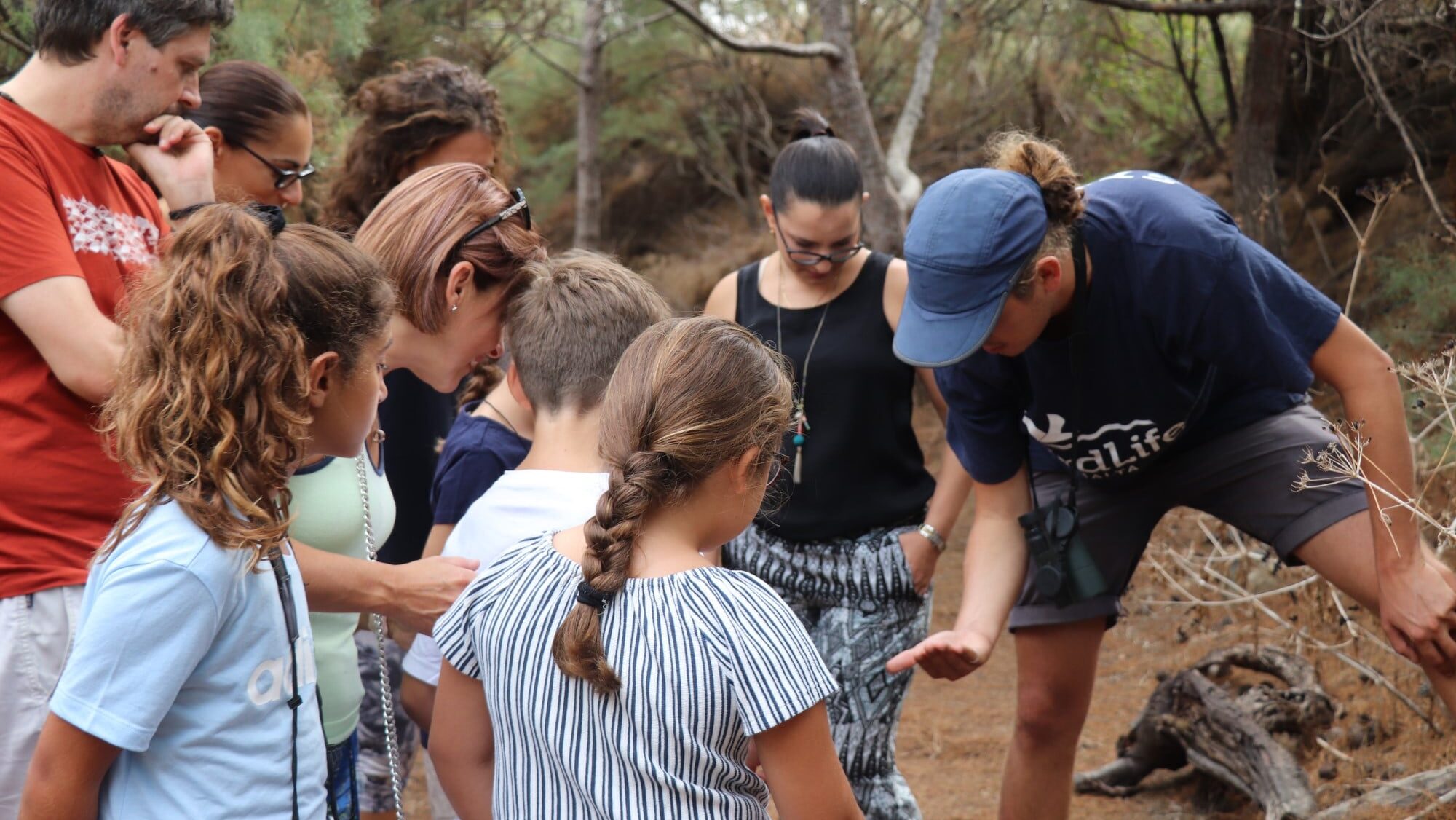
We can co-ordinate our efforts across continents, connecting local communities with a global network of expertise. This means we can strive to protect birds wherever they fly, feed, rest and nest.
